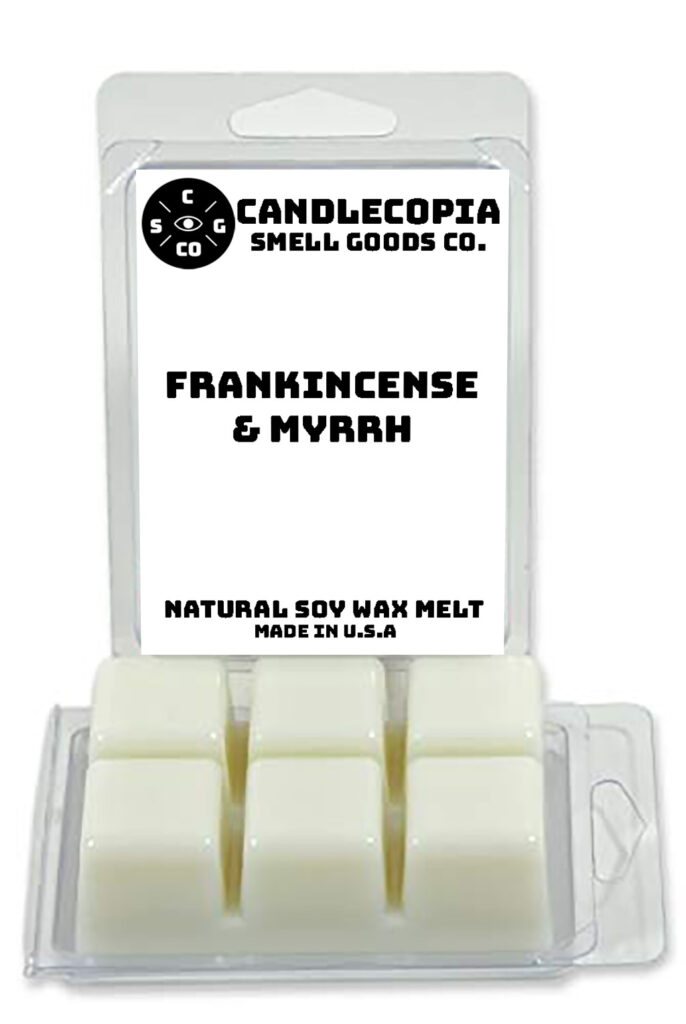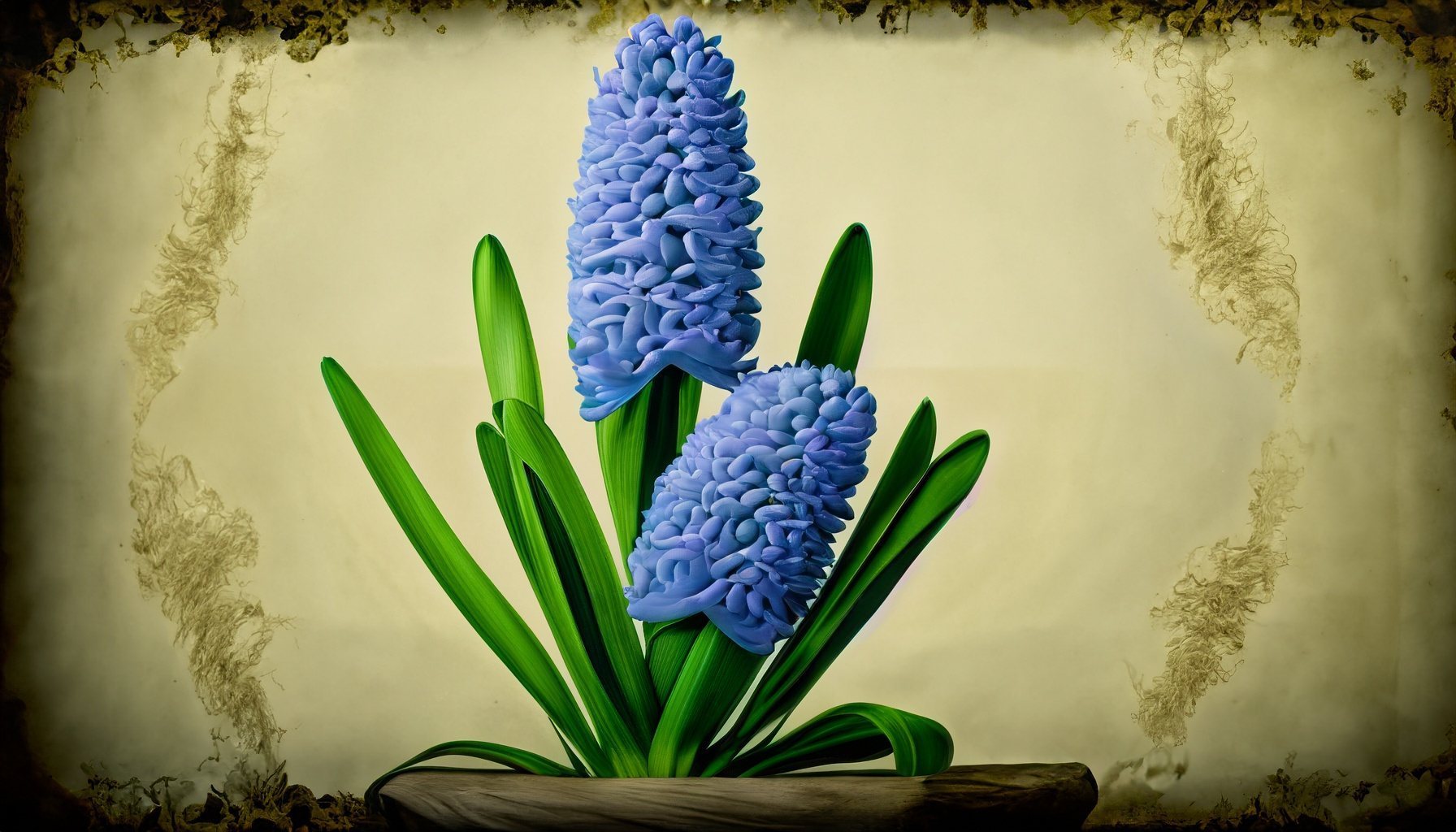
Frankincense and myrrh are two of the most iconic fragrances in history, with a long and fascinating history dating back thousands of years. These two resins were highly valued in ancient times for their aromatic, medicinal, and religious properties, and were used in a variety of different cultures throughout the world.
Frankincense is a resin that comes from the Boswellia tree, which is native to the Arabian Peninsula and northeastern Africa. The resin is harvested by making incisions in the bark of the tree, allowing the sap to ooze out and harden into small, tear-shaped droplets. The resin has a distinctive, spicy aroma and has been used for centuries in perfumes, incense, and medicines.
The use of frankincense dates back to ancient times, with evidence of its use in ancient Egypt, Babylon, and Rome. In Egypt, frankincense was used in the embalming process and was believed to have healing properties. In Rome, it was used in religious ceremonies and was burned as incense in the temples.
Frankincense was also highly valued in the Middle East, where it was traded along the famous “Frankincense Road” that linked the Arabian Peninsula with the Mediterranean world. The trade in frankincense was a major source of wealth for the people of the region, and it played a significant role in the economies of ancient Arabia and Yemen.
Myrrh, another resin with a long and fascinating history, comes from the Commiphora tree, which is also native to northeastern Africa and the Arabian Peninsula. Like frankincense, myrrh is harvested by making incisions in the bark of the tree, and allowing the sap to flow out and harden into small droplets.
Myrrh has a sweet, earthy fragrance and was also highly valued in ancient times for its medicinal and religious properties. In ancient Egypt, myrrh was used in the embalming process and was believed to have powerful healing properties. In ancient Greece and Rome, it was used as a medicine and was believed to have antiseptic and anti-inflammatory properties.
Myrrh was also used in religious ceremonies in ancient times, particularly in Judaism and Christianity. In the Bible, myrrh is mentioned as one of the gifts brought by the Wise Men to the infant Jesus, and it was used to anoint the bodies of the dead in ancient Israel.
The use of frankincense and myrrh declined in the Middle Ages as the trade routes that brought them to Europe were disrupted by wars and political turmoil. However, their use was revived during the Renaissance, when they became popular as ingredients in perfumes and medicines.
Today, frankincense and myrrh are still used in a variety of different ways. They are used in perfumes, cosmetics, and aromatherapy products, and are still used in some religious ceremonies. They are also still valued for their medicinal properties, and are used in traditional medicines in some parts of the world.
In conclusion, the history of frankincense and myrrh is a long and fascinating one, spanning thousands of years and many different cultures. These two resins have played an important role in the religious, cultural, and economic life of the Middle East and Africa, and their fragrant and medicinal properties continue to be valued to this day.

Frankincense & Myrrh Wax Melts by Candlecopia®, 2 Pack
An ancient fragrance both deeply meditative and emotionally balancing. Each 3.2 ounce wax tart contains 6 cubes. For best results, melt 2 cubes at a time. Go ahead, mix and match fragrance cubes for your own unique scents!
We make Candlecopia products by hand with care in the United States. Our products will fully melt and will throw fragrance for many hours. Candlecopia is a service-disabled veteran-owned small business and a woman-owned small business. Please try this product and leave your feedback.
$11.95



